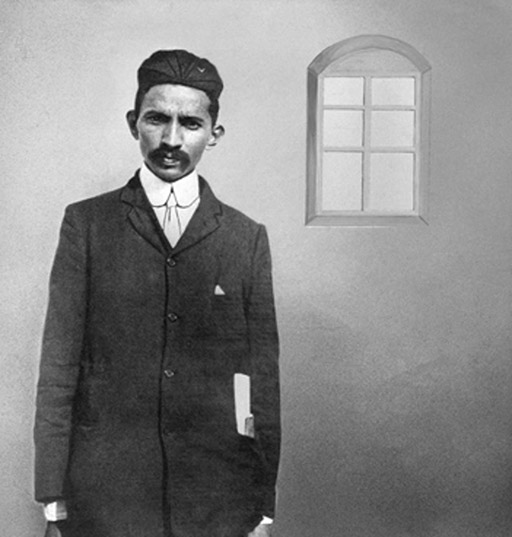Session 3: Gandhi’s train journey in colonial South Africa
1 Introduction
This session was written by Dr John Slight

M.K. Gandhi (1869–1948) was one of the leading figures in India’s independence struggle against British colonial rule. His activism inspired people living across the world to fight against the injustices of colonialism and racism. Where did Gandhi’s journey from a successful attorney to figure of global importance begin? Many scholars of Gandhi have pinpointed one key event that changed the trajectory of his life: in 1893, when he was ejected from a First-class train compartment in colonial South Africa because he was not white. Since the mid-seventeenth century, Black people were treated as second-class citizens in their own land by Dutch and British colonial rulers and then white-nationalist Afrikaners, which is a direct consequence of the social construction of race. South Africa transitioned from the apartheid system of racial segregation to Black majority rule in 1994 when Nelson Mandela was elected president.
This session explores the racist incident with Gandhi on the train, placing it in the context of structural racism in South Africa and the wider British empire, and drawing on Gandhi’s own account of the incident.
